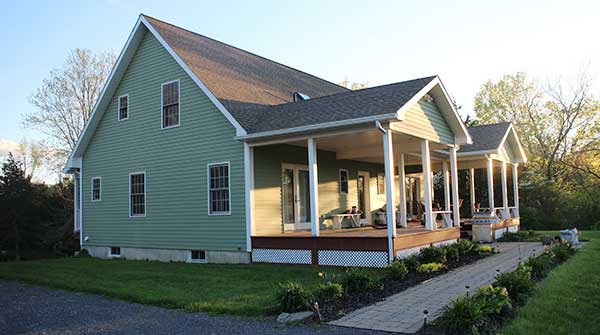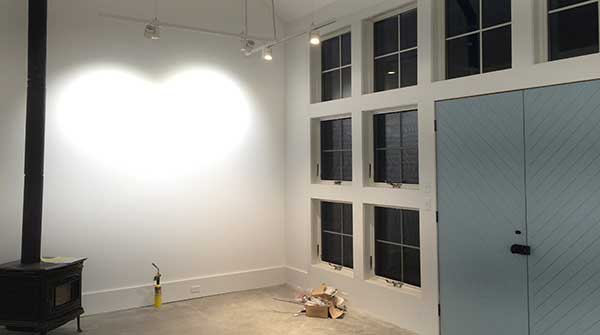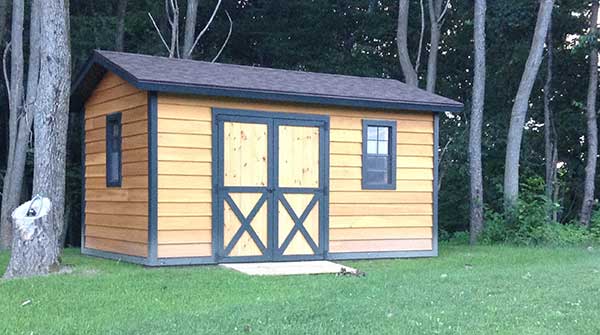Helpful Information
Posted on June 1, 2017
Dine in without breaking the bank
When it comes to renovating your kitchen or cook-out area, you don’t have to break the bank. There are many different ways to spruce it up, do it yourself, and save money. One affordable option for outside cooking areas would be to re-paint and or stain the deck and railings – by so doing, you quickly changing the look and feel of that area. When it comes to your kitchen you could also paint walls and or your existing cabinets, which would make a huge change very quickly. Another small and quick change (that would be very cost-effective), but that can make a huge difference in the look and feel of your kitchen, would be to change the door knobs on your cabinets. Another option, if you want to step it up in price; counter tops, cabinets, flooring, and appliances can all be changed – you can either change one or all of them. If you have any concerns about your remodeling wish-list you should contact your local contractor/carpenter or your local hardware store like Herrington’s, Lowe’s, Home Depot, and Williams Lumber. Another option that can make a huge statement in the kitchen is your choice of a new backsplash. The hottest trend in backsplashes at the moment seems to be either mosaics, glass, or white subway tiles. So regardless of your budget, a small change costing only a few dollars can go a long way.
Posted on June 29, 2015
Securing your BBQ space
As we’re in the height of BBQ and outdoor living / deck season, it’s important to review the safety and conditioning of your deck. Any deck that’s exposed to the elements needs to have the correct wood and the correct fasteners, such as screws and or nails that are galvanized, zinc coated, ceramic coated, or stainless steel to name a few. Your choices of wood varies greatly as well. Most decks are framed with pressure treated wood, and your top deck boards can range anywhere from pressure treated to cedar to mahogany and other types of exotic hardwoods. The life expectancy for these woods is much greater than your average white woods such as spruce, pine, Doug fir. You can also use plastic composite decking, which is a low maintenance option.Deck railing is another important safety feature to examine. When you and your guests are enjoying the nice outdoor living space, people often set their drinks on the railing and or lean up against it. The railing should be checked continuously throughout the season to make sure that it safe and secure.A few things to look out for: a spongy feel to your deck, which could mean that the board is rotted or is failing. If your railing posts are wiggling or loose, they need to be re-fastened or potentially replaced if damaged. A good preventative measure is to coat or treat your decking with the correct preservative for maximum life expectancy, and treat accordingly based on the wood and preservative that is used.
Posted on March 24, 2015
Winter water & ice damage?
This has been a tough winter, especially when it comes to our roofs. As a result of the cold weather, snow, and heat loss from a house, ice can and will build up on the roof. What happens is this: Heat rises – it rises inside of the house, up towards the ceiling, and to the roof. That combined with lack of insulation, at times, allows the heat from within the house to protrude through and up into the roof cavity. Then as the temperature drops, the melt turns into ice. The ice then expands and can build up at the bottom of the roof. This process repeats itself every day, and what’s left is a big hunk of ice at the edge of the roof – and here comes your problem. The ice expands and then inevitably works backwards; it starts moving up and under the shingles. What happens then is it can break the seal between the shingles, it then works its way behind the shingle and if the right product isn’t underneath the shingle, the roof will leak. When this water comes in it will go through the insulation and through the sheetrock, initially leaving a brown watermark, and it could cause mold (which is a huge health hazard).
To help avoid having a leaky roof, first make sure that your house is properly insulated – even overly insulated is great! Proper ventilation of the roof cavity is also key. And lastly, if you’re at the worst case scenario where a new roof is needed, make sure that you hire a qualified individual and that he uses quality materials – and that the materials are applied correctly.




